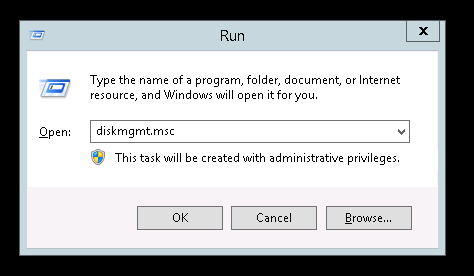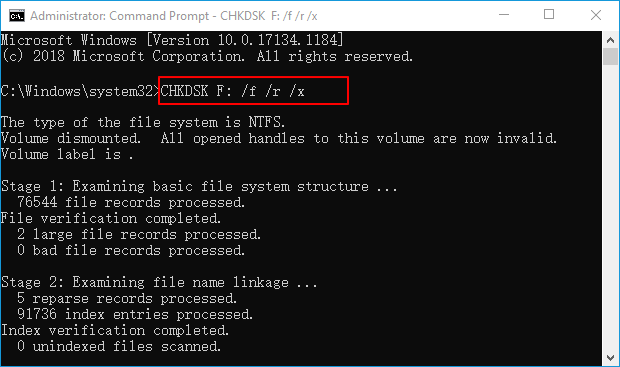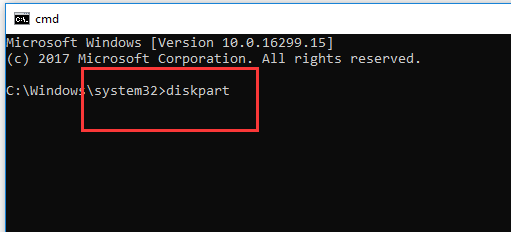
▪ select volume 6 (here take F: drive for example).Īnd then, you will receive a message says: DiskPart successfully deleted the volume. To delete a volume, please refer to the following command:

➤ Note: Each time you type a command, you need to press "Enter" key to apply it. If you only need to perform one of the operations, you need to select the volume before using the corresponding command. Besides, the examples are performed one after one and the effect of the previous operation will be viewed in the next operation. Most common Diskpart commands on volume in Windows 10/11īecause when selecting a volume, the focus remains on it until you select a different volume, “select volume” command may not be used in each operation. Next, we will take some of the most common commands that Diskpart uses as examples for you to get a further understanding. To view what DiskPart can for you, just type help to see a list of commands. n can be the number of the volume or the drive letter of the volume if has. To tell DiskPart which volume to manage, you need to type "select volume n" to give it focus. Each one will have a specific volume number, starting with 0. n represents the number of the disk.Īt the DISKPART> prompt, type "list volume" to display all the volumes on all disks. Unless there is only one disk, you will have to tell DiskPart which disk to manage by using "select disk n" command to give it focus. An asterisk (*) under GPT row means the disk is of GPT partition style. Each one will have a specific disk number, starting with 0. When an object has been focused, any DiskPart commands that you type will act on that object.Īt the DISKPART> prompt, type "list disk" to display all the disks in your computer.

The other way is to press "Windows logo + R" keys and type "diskpart" in the box, and then click "OK".Ĭommon DiskPart Windows 10/11 commands (examples study)īefore you can use DiskPart commands in Windows 10, you must first list, and then select an object to give it focus. One way is to type "diskpart" in the Search box, and then when diskpart appears in the search results, right-click it and select "Run as administrator". You will need to launch Windows 10/11 DiskPart with Administrator permission. Most disk partition operations that you can perform in Disk Management tool are integrated into DiskPart.

Users can input DiskPart commands directly to organize hard disk partitions or create a text file script to perform multiple commands.

DiskPart, replacing its predecessor - fdisk, is a command-line utility that provides the ability to manage disks, partitions or volumes in your computer running all versions of the operating system since Windows 2000, also including the latest Windows 10.


 0 kommentar(er)
0 kommentar(er)
